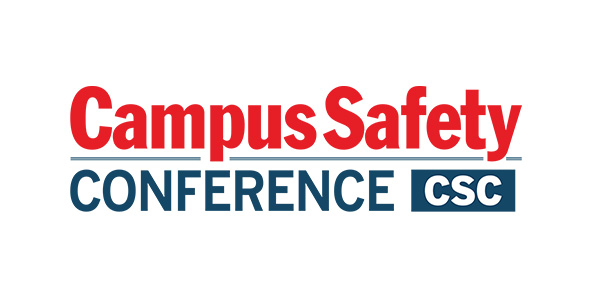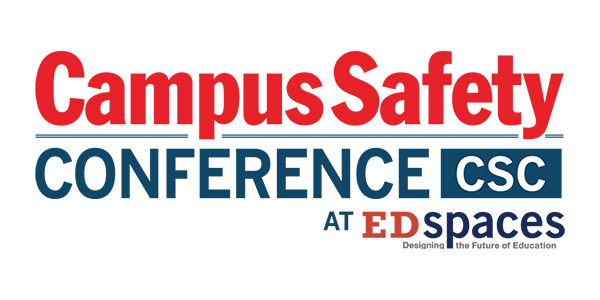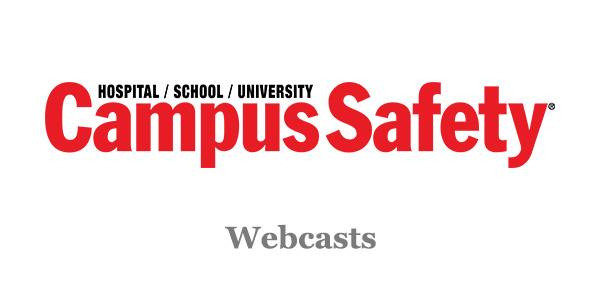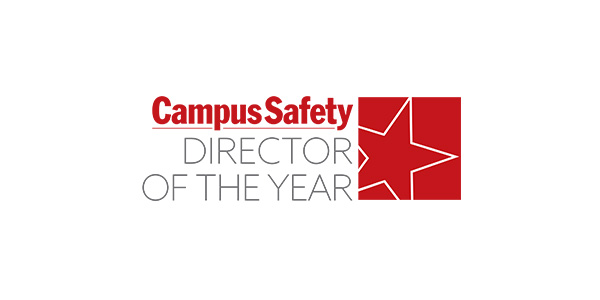When inspectors walk onto a campus, they’re not just looking at the shine on the floors or the landscaping outside. They’re asking a bigger question: “Can this institution prove it’s providing a safe, functional, and compliant environment for learning?”
And in many cases, the answer lies in the documentation.
A missing logbook can cause more problems than a chipped wall. Fire safety inspections, HVAC maintenance records, playground reports, pest control logs, security system testing, cleaning schedules, and staff certifications — all of these tell a story about how a facility is managed. They don’t just satisfy auditors; they demonstrate control, accountability, and a culture of safety.
How to Align Daily Practice with Accreditation Standards
Accreditation bodies are usually clear about what they expect, according to Ted Hartling, Facility Manager at Hope’s Home.
But it’s up to facilities leaders to translate those expectations into practice. That might mean:
- Ensuring ADA-compliant access while maintaining a checklist that tracks compliance.
- Documenting corrective actions when issues arise, closing the loop rather than leaving a gap.
- Treating every day like inspection day so there’s no last-minute scramble.
This isn’t just about “looking good on the day.” It’s about embedding compliance into everyday operations.
The Challenges of Higher Education Accreditation
Greg Perkinson, who has held leadership roles at both Pacific Lutheran University (PLU) and Southern Oregon University, sees accreditation inspections as different from insurance or regulatory audits.
“Accreditation really pushes us to show how facilities support the university’s overall mission, not just check compliance boxes,” he said.
Related Article: Should Your Campus Police Department Be Accredited?
For PLU, that mission centers on caring for students and preparing them to improve the world. Facilities support that by providing quality learning spaces, safe residence halls, and an environment where students can thrive.
But Perkinson is quick to point out these realities:
- Limited budgets and staffing
- Rising costs from inflation and external pressures
- Aging infrastructure and a maturing workforce
- Rapid advances in technology that demand new skills and training.
“It’s always a balancing act,” he explained. “How do we stretch limited resources while aligning facilities work with the mission?”
“Equally important is the role that historical building information plays in renovations and retrofits,” added Suri Suriyakumar, CEO, ARC Facilities. “As buildings age, they undergo numerous modifications both minor and major. Walls are moved, systems are upgraded, and infrastructure is rerouted. Ideally, each change is documented. The reality is that these updates are often recorded in fragmented formats, across different systems, or buried in outdated CAD files, PDFs, or hard-copy markups. Years or decades later, when a major renovation is planned, the absence of organized and comprehensive historical records can lead to costly delays and unforeseen challenges.”
Why Accurate Documentation is Crucial for Compliance
Accurate records don’t just make inspections smoother. They build credibility with parents, students, staff, and accreditors. They also protect institutions legally by showing facilities were managed responsibly.
But in sprawling higher-ed environments with dozens of buildings spanning decades, maintaining up-to-date documentation is no easy task. Paper logbooks get misplaced. Shared drives become disorganized. Institutional knowledge disappears as staff retire.
That’s where digital solutions make a difference.
Hartling makes sure that his organization’s documentation is always up to date, including:
- Fire safety inspection records (extinguishers, alarms, sprinklers)
- Preventive maintenance logs for HVAC and air quality systems
- Playground and equipment inspection reports
- Pest control records
- Security system testing reports (video surveillance, access controls)
- Cleaning and disinfection schedules
- Training and certification files for staff.
“When you have these organized, you’re already halfway to a successful inspection,” he said.
Streamlining Audits with Digital Document Management
Erin Hitchman, Vice President of Facilities Planning, Operations and Construction, College of the Canyons, treats documentation as core infrastructure.
“We launched a districtwide facilities documentation initiative and are migrating records into a centralized digital repository over the next year,” she said. “This isn’t clerical housekeeping; it’s how we safeguard continuity, prove compliance, and move fast when the unexpected hits.”
Having a digital platform means corrective actions are documented and close, not just discussed. For accreditation, that traceability shows her team operates systematically, not ad hoc.
Related Article: AI in Campus Facilities Management: Benefits for Safety, Sustainability, and Operations
“Digitization also future-proofs accreditation support,” Erin adds. “Automated retention schedules and search capabilities reduce prep time for site visits and annual reviews. When staff retire or roles shift, institutional knowledge stays with the college. Not in someone’s inbox.”
By digitizing floor plans, O&M manuals, safety records, and compliance checklists, digitization puts critical information in the hands of facilities teams instantly on any device.
Instead of digging through binders or chasing down staff, facility leaders can pull up inspection logs, safety certifications, or shut-off valve locations within seconds. This keeps campuses audit-ready year-round, saves time, preserves institutional knowledge, and helps teams do more with limited resources.
For universities navigating shrinking budgets, rising expectations, and high-stakes inspections, this type of solution provides a simple and powerful advantage: the ability to prove compliance and demonstrate alignment with the institution’s mission without the panic of last-minute prep.
Shift from Reactive to Proactive Facility Management
Accreditation and inspections shouldn’t be about “passing the test.” They should be an opportunity to show that safety, compliance, and accountability are woven into the daily fabric of campus life. With the right documentation — and the right tools to manage it — facilities leaders can move from reactive to proactive, supporting not just compliance, but the very mission of their institution.
Jack Rubinger is a content writer for ARC Facilities.
Note: The views expressed by guest bloggers and contributors are those of the authors and do not necessarily represent the views of, and should not be attributed to, Campus Safety.







